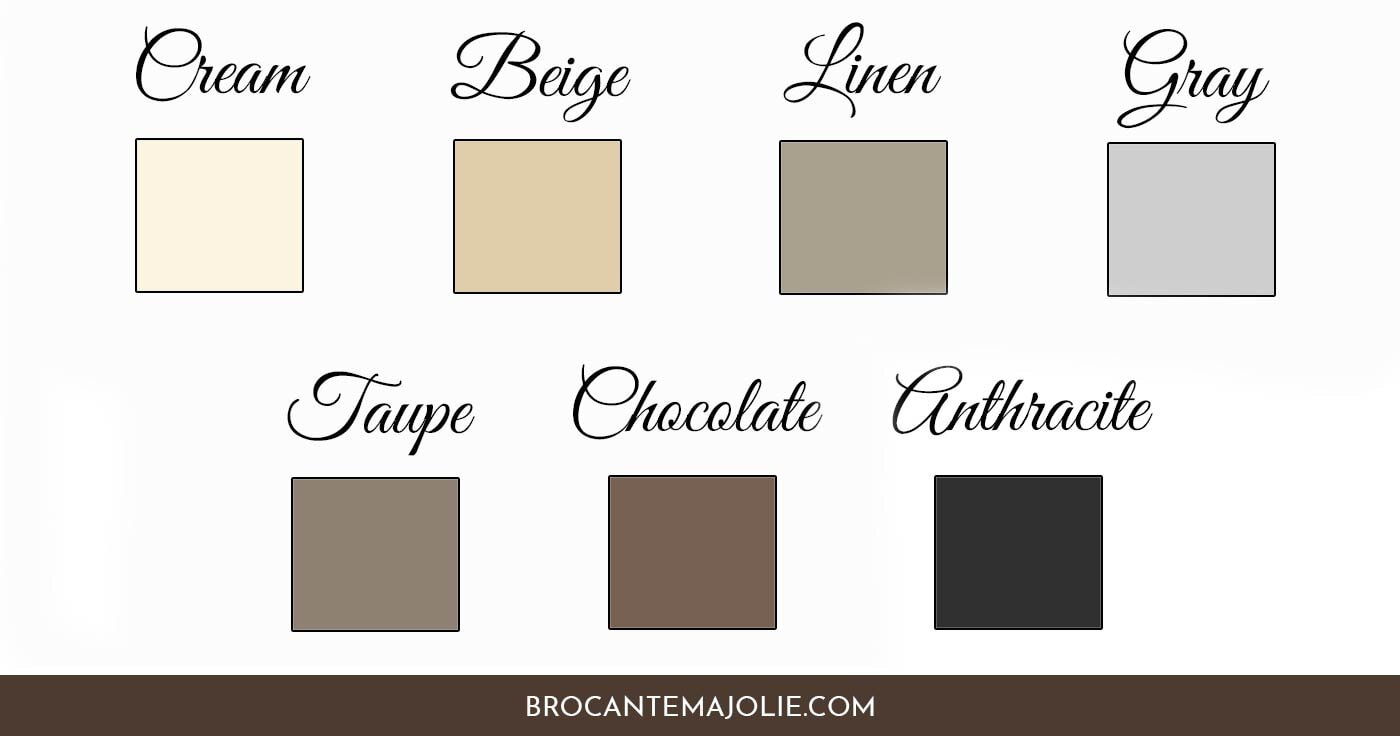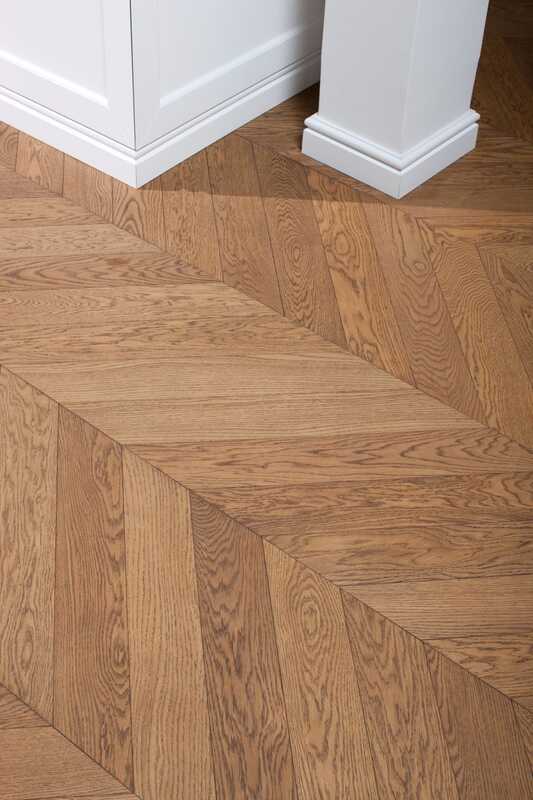|
French interior design, known for its elegance, sophistication, and a deep sense of history, has been a guiding light in the world of decor for centuries. The French have a unique knack for blending classic artistry with contemporary sensibilities, resulting in spaces that are timeless, comfortable, and invariably chic. Historical Evolution of French Interiors The evolution of French interior design is a journey through history. From the ornate grandeur of the Baroque period, characterized by its elaborate detail and luxurious materials, to the more restrained and geometric lines of the Neoclassical style, French design has always been at the forefront of the decorative arts. Each era, whether Rococo, Empire, or Art Nouveau, has contributed its unique aesthetics and philosophies to the tapestry of French design. Key Elements of French Interior Design Central to French interior design are several key elements: Colour Palette: French interiors are known for their sophisticated colour schemes. Soft pastels, creamy whites, and muted earth tones provide a backdrop of understated elegance, often complemented by bolder accents. Furniture Styles: From the opulent, gilded furniture of the Louis XV period to the more linear and understated pieces of the Directories era, French furniture is about balance and proportion. Antiques are often mixed with modern pieces for a layered, eclectic look. Decorative Details: Architectural elements like ornate mouldings, ceiling medallions, and herringbone wood floors are staples. Fabrics and textiles are luxurious yet comfortable, with toile, chintz, and velvet making frequent appearances. The Importance of Wood Flooring in French Interiors Wood flooring plays a pivotal role in French interior design. It's not just a functional element; it's a key aesthetic component. Historical Context of Wood Flooring: Wood flooring in France dates back centuries, seen as a symbol of luxury and refinement. Grand chateaus and Parisian apartments alike boasted intricate wood floors, many of which still exist today. Types of French Wood Flooring: The range includes wide-plank oak floors typical of rustic country homes and the more sophisticated point de Hongrie and chevron parquet patterns found in elegant urban residences. The Role of Parquet Flooring: Parquet flooring, in particular, holds a special place in French design. This intricately patterned wood flooring, comprising small, geometrically arranged wooden pieces, is a hallmark of French craftsmanship and elegance. It's both a nod to history and a statement of timeless style. Modern Interpretations of French Interiors
Today, French interior design embraces its rich history while adapting to modern living. Contemporary French interiors might feature the clean lines and muted colour palettes of modern design but always with a touch of old-world charm—be it an antique mirror, a vintage chandelier, or, of course, classic wood flooring. Incorporating French Design in Contemporary Spaces Bringing French design into a modern space involves balancing old and new. It's about honouring the craftsmanship and history of traditional French elements while adapting them to contemporary lifestyles. Key ways to achieve this include mixing antique and modern furniture, incorporating classic French architectural elements in a modern context, and using wood flooring to add warmth and character. Conclusion French interior design, with its rich history, elegant aesthetics, and emphasis on balance and harmony, continues to inspire. Whether through the timeless beauty of parquet flooring, the understated elegance of its colour palette, or the blend of antique and modern furnishings, French design principles offer a roadmap for creating spaces that are both beautiful and lovable. As a celebration of artistry and an homage to history, French interiors remind us that true style transcends time.
0 Comments
Your comment will be posted after it is approved.
Leave a Reply. |
|
- Home
-
Products
- Engineered Wood Flooring >
- Solid Wood Flooring
- Chevron Parquet
- Herringbone Parquet
- Wide Plank Wood Flooring
- Live Edge Wood Flooring
- Ash Wood Flooring
- Douglas Fir Wood Flooring
- Walnut Wood Flooring
- Versailles Parquet
- Design Parquet Panels
- Mansion Weave Parquet
- Reclaimed Oak Wood Flooring
- Wood Cladding
- Charred Wood
- Wood For Stairs
- Unfinished Wood Flooring >
- Acoustic Wall Panels
- Architectural Details
- Bespoke Wood Flooring
- Services
- Information
- BLOG
- Gallery
- Contact
- Trade Program
About Hoff ParquetHOFF PARQUET - hardwood flooring supplier based in Edinburgh. We are your go-to company for the best real wooden floors like Chevron Parquet and Herringbone Parquet, Engineered and Solid Wood Flooring for any residential or commercial project. Our dream is to create unique luxury hardwood elements including flooring, wood for wall cladding, wood for stairs and bespoke parquetry.
Hoff Parquet - think GREEN. We were inspired to create a greener and more environmentally friendly company and product inventory. Only the highest quality eco friendly materials used for our wood flooring products and during the installation process. Our custom-made flooring made by experienced craftsmen offers premium quality, trendy shapes and colours. In collaboration with interior designers and architects we create the flooring which becomes a truly unique interior detail. We hereby confirm that all our wood flooring products are made in the European Union. Furthermore, all our wood materials are backed with FSC (Forest Stewardship Council) and PEFC (Programme for the Endorsement of Forest Certification Schemes) manufacturers' certificates, ensuring that our products meet the highest standards of sustainability and environmental responsibility. We are always open for innovations, new contacts and we are constantly in search for new partners! |
|
© COPYRIGHT 2024 ALL RIGHTS RESERVED.



